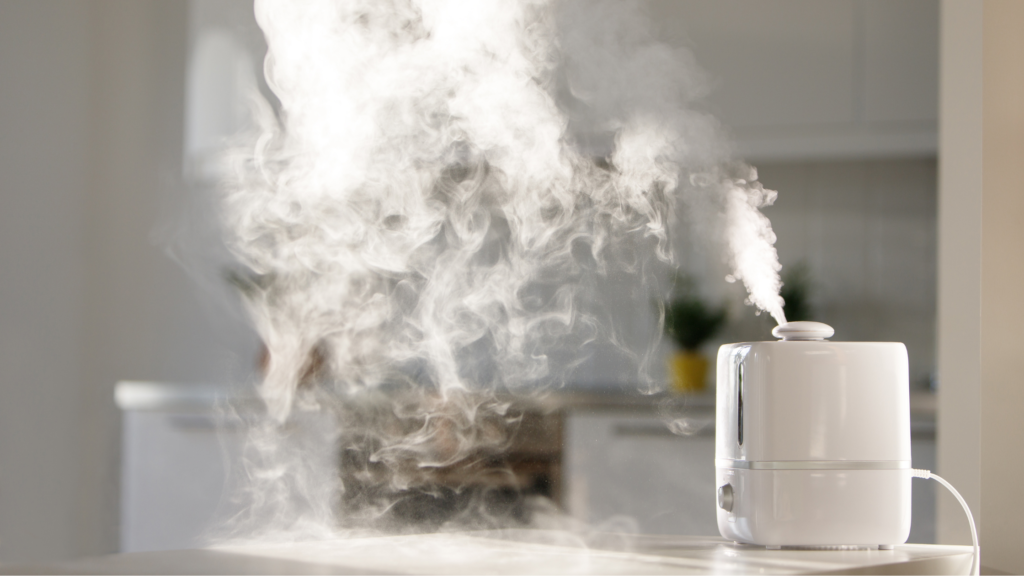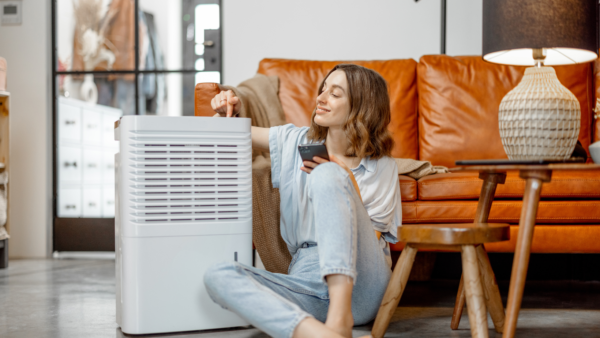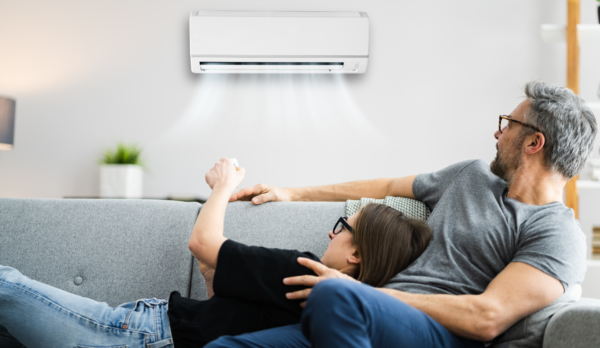During the cold season, we pay a lot of attention to heating our homes, and as summer approaches, we pay a lot of attention to cooling them. But have you ever thought about the humidity level in the rooms where you spend most of your time? What humidity should be at home or in a room? What humidity level at home falls within the recommended norms?
Regulating humidity in your home for a comfortable and healthy life is just as important as to maintain the required temperature. According to statistics, up to 20 percent of all buildings accumulate moisture. So, what should you know in general?
Table of contents
Ideal humidity level in the home
Internet users often search for information on how much humidity should be in a home. A common query is what percentage of humidity should be in a room. So, we answer the question: the feeling of humidity and comfort depend on various factors., for example, the time of year, the clothes you wear, how your body tolerates humidity, etc. By the way, it should also be mentioned that humidity can be absolute and relative.
Research suggests that the ideal relative humidity in a home should be between 35 and 60, with an optimum of around 50 %. Different sources vary slightly on these numbers. For example, it is stated that if the humidity level exceeds 60 %, the risk of mold growth increases.
So, the normal humidity level in a home is 40–60 %, but if the numbers fall outside this recommended range, infections are transmitted more easily, respiratory diseases can worsen, etc.[1]
However, it is very important to know that humidity must be controlled taking into account the outdoor temperature (table):
| Air temperature | Maximum recommended humidity in the home at a temperature of 20 C |
| ≥ -31°C | 15 % |
| -24 – -30°C | 20 % |
| -18 – -23°C | 25 % |
| -12 – -17°C | 35 % |
| -11 – -1°C | 40 % |
| 0 – +10°C | 50 % |
Recommended indoor humidity level depending on outdoor temperature[2]
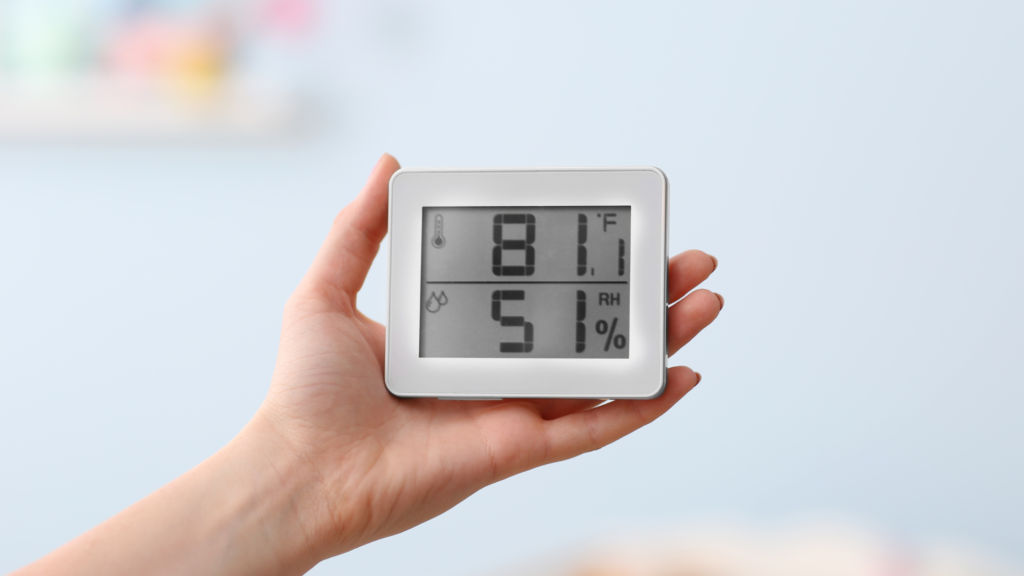
What happens if the humidity in the room is too high?
If your home is too humid, you will probably also notice environmental and health effects:
- High humidity promotes the growth and spread of mold;
- Dust mites and other pathogenic microorganisms breed;
- If a person suffers from asthma or allergies, their symptoms may worsen;
- Sleep worsens;
- You may notice condensation accumulating on the windows;
- Humidity in the home can negatively affect or even damage furniture and equipment, etc.
If the humidity level in the home is significantly too high, people feel extremely uncomfortable. Our skin uses the surrounding air to remove moisture.
So, when the humidity level is close to 100 %, sweat can no longer disperse into the air, and it acts as a natural "air conditioner": by sweating, the body tries to maintain the ideal temperature of 36.6 °C.
And when we can't get rid of excess moisture, we feel uncomfortable, our skin feels sticky, and we want to get in the shower as soon as possible.

How to reduce humidity in an apartment and your own home?
To control humidity, the home should have a proper ventilation system or at least a mini recuperator. If this is not possible, the rooms should at least be ventilated frequently.
The humidity level in a room can also be reduced by the following methods/means:
- Salt, soda, rice. Salt, baking soda, rice, and other grains also absorb moisture well, so place a bowl filled with one of these products in the bathroom, kitchen cabinets, wall cabinets, etc.
- Moisture-absorbing plants. Plants can also help control humidity levels: orchids and bamboo, for example, absorb excess moisture from the air. Note that most plants actually increase humidity levels.
- Silicone moisture-absorbing granules or even cat litter. These measures can also help deal with minor excess moisture.
However, perhaps the most convenient, simplest and, of course, the only method that gives 100% % results for those seeking to quickly reduce humidity levels at home is use dehumidifiers.
They quickly help reduce humidity to the required level (20 - 50 %). Reliable manufacturers You can purchase quality dehumidifiers and learn more about them by clicking on this link.
By the way, we notice that humidity in the apartment is usually due to insufficient heating, so during the coldest months of the year it is worth heating the house more intensively, and if this is not possible, purchasing an electric radiator that will help dehumidify the air.
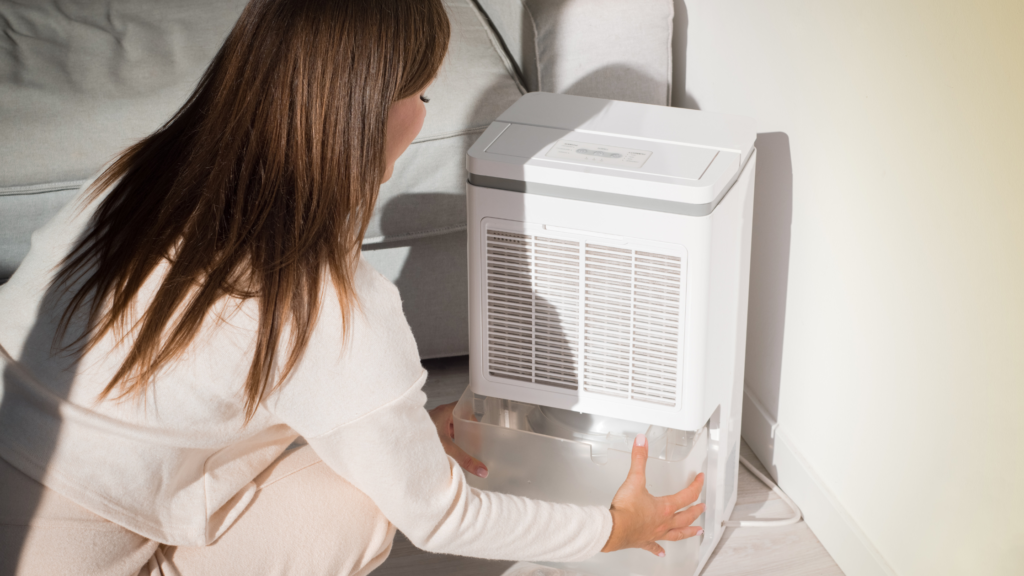
Humidity levels in your home are too low: what can you expect?
What happens if the humidity in each room is too low?
- The skin becomes dry, flaky, and starts to itch;
- Greater risk of spreading colds and infections: viruses survive and multiply better in a drier environment, so the risk of infections increases even more;
- Wooden furniture and hardwood floors may be damaged;
- The airways become obstructed, so it can be more difficult to breathe, especially if the person has chronic lung disease.

How to increase humidity levels at home?
If the rooms are too dry and your main goal is optimal humidity at home, you can humidify the rooms in simple ways, such as:
- Place bowls of water next to radiators;
- Dry laundry on radiators or special metal dryers;
- Leave the dishwasher door open after washing;
- Spray the curtains with a spray bottle filled with water;
- Buy a dedicated room humidifier.
By the way, remember that the air will naturally be humid in the summer, so you can only use a humidifier in the winter.
So, to summarize, it is necessary to control the humidity level in the home not only for the comfort of the whole family, but also to avoid harm to health. This is especially important if there are people with respiratory diseases and allergies in the house.
